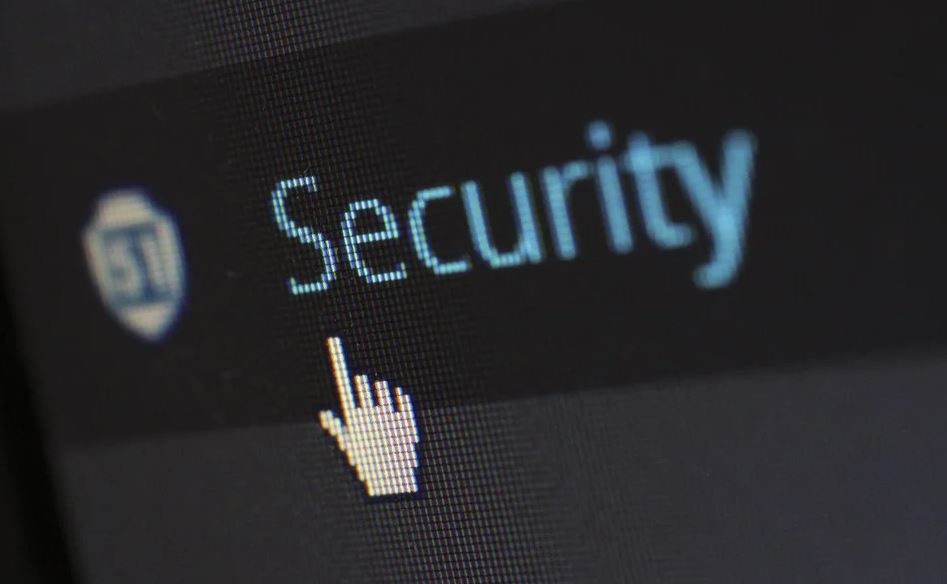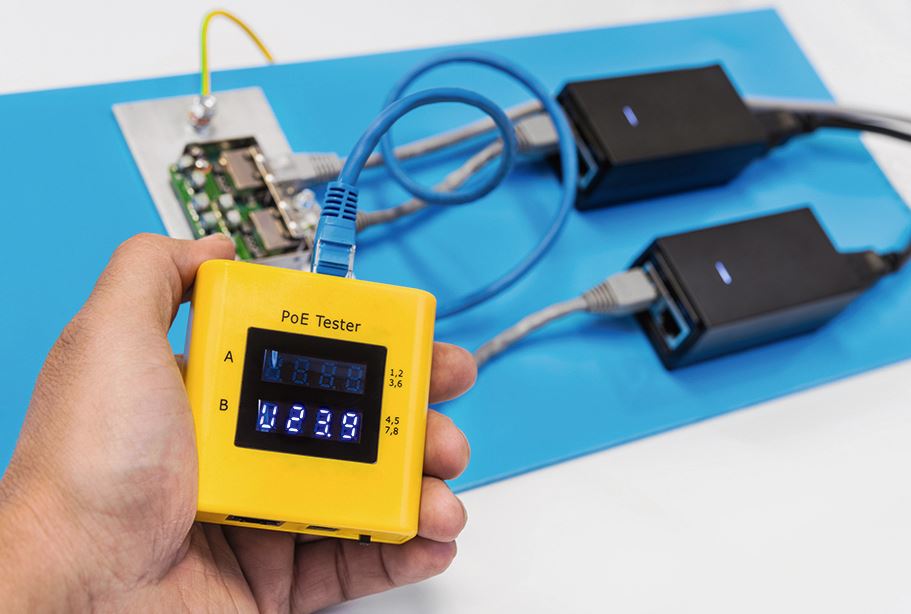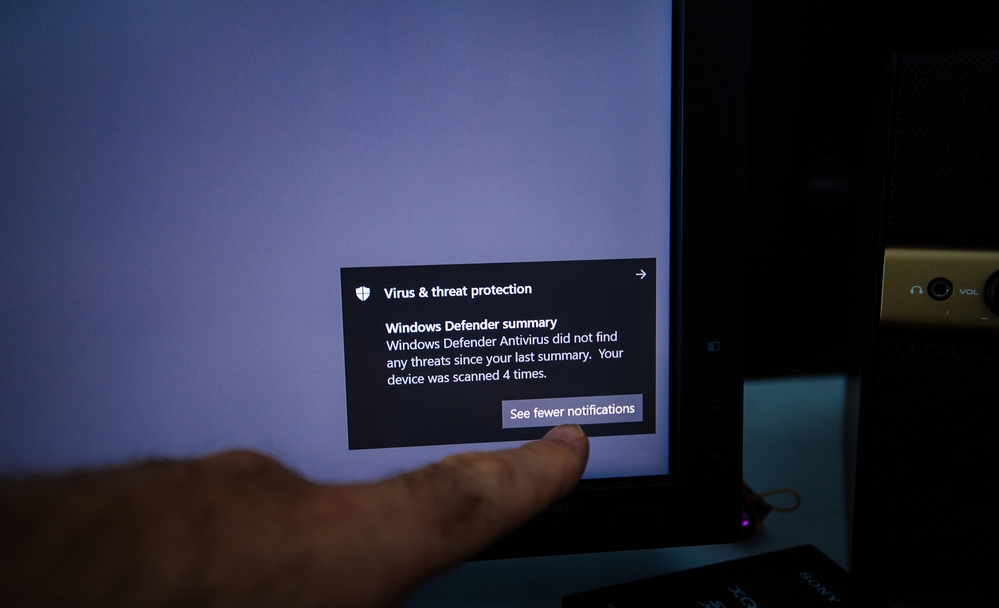
A "risk catalog" should contain key points that frequently give rise to issues that are relevant to damage and liability and can therefore also pose a threat to the company. Once the corresponding weak points have been identified, they must be discussed by the management so that appropriate risk scenarios can be developed and preventive or defensive measures can be initiated.
However, these tasks require people who not only have professional, human, communicative and integrative skills, but who can also identify grievances and master crises in a problem-solving manner. Safety officers have the often thankless task of passing the buck, so to speak; they must uncover weak points and take remedial action.
This often leads to conflicts with employees and superiors. Safety officers usually have to face unpleasant tasks in which they have to comply unambiguously with the requirements of occupational safety and health protection in the company and break resistance where action appears to be required in accordance with the law.
What must be observed?
Step 1: Company analysis and information:
Insofar as the company has historically had no significant incidents of damage, has a defined and communicated organizational structure and procedures, and has clear rules of conduct in the event of a crisis, only supplementary measures in the area of continuous training and information of employees and managers, as well as routine spot checks by regular bodies such as financial and production controlling or auditing, are appropriate.
Step 2: Delegation of responsibility:
Time and again, it happens that no one feels responsible in the event of a loss - blame and mistrust are the result. If a company is at increased risk due to its size, its decentralized management or due to a special situation, but there are no concrete indications of actual cases of damage, the possible worst-case scenario should nevertheless be prevented with a clear assignment of special responsibility as well as material and personnel resources. Management tools useful for this purpose, such as compliance programs, compliance officers, written codes of conduct, risk identification systems, written audit plans, etc., can already identify threatening risk situations at an early stage and can provide initial signals for rapid action.
Step 3: Monitoring / crackdown:
In most cases, when suspicions arise or even when damage occurs, the causes are not consistently investigated and appropriate action is taken in the event of proven violations. If the company finds itself in a situation of recurring problem situations with a high potential for danger, concrete suspicions and legal violations or damage that have already occurred, measures must be initiated immediately that are aimed at remedying the damage and holding those responsible accountable depending on the breach of duty. However, this often requires corresponding internal "powers of intervention" and a catalog of disciplinary measures in this regard, which must be adopted in advance within the company and communicated at all levels of the company. If, in addition, the offenses are relevant under labor law or even criminal law, the necessary steps must be taken under labor law, which should not stop at criminal charges in order to send clear signals.
But what to do if the safety officer is not heardWhat will he do if he is not supported in his actions by the management and left to his own devices? Embarrassing employees in the company who strive to comply with safety rules and safety standards, who deal with hazard identification and risk assessment on a daily basis, is frowned upon. Safety officers are entitled to the full attention of supervisors and management toward them. If they are not given this recognition, they are obligated and required to report violations and concerns unequivocally to management in writing. Thus, civil and criminal responsibility now rests with another level of management, whose representatives are now "condemned" to act because of their actual and legal ability to act.
But employees must also be aware of their operational responsibilities. They should know that their health and well-being are also on the line if they disregard occupational safety measures, fail to comply and thus expose colleagues to hazards. They, too, have a duty to cooperate in recognizing, containing and reporting risks; to this end, the relevant awareness must be trained and exemplary behavior must be recognized and rewarded. All of this requires courageous action, a convincing demeanor, and sometimes unwelcome measures for the good of the company and lawful and responsible action, especially from the company's management, but above all from the safety officers.
This technical report originally appeared in the printed edition SAFETY-PLUS 3-2021.
You want to read the articles of this issue? Then close right now here a subscription from.b

















